If you’re hesitant to ask someone if they are American or Canadian — the latter are often offended to be mistaken for the former — ask them instead about their favorite holiday. It isn’t a foolproof method, but if they say Halloween then you know you’re talking to an American. No other nationality would choose it — because no one else gets it so right.
The origins of All Hallows’ Eve belong to Ireland and Scotland. The Celtic festival Samhain was not only a huge feast to mark the start of winter: it was a day full of superstitious activity, which included bonfires to clear the air of ghosts and sacrifices to appease anything all-powerful that might curse food supplies during the dark months. Yet present-day celebrations of Halloween are best described as an all-American affair: spectacular costumes, elaborate face-paint, homes turned into haunted houses for the month of October. The bar is set high each year and must be outdone when the next Halloween rolls around.
But the biggest defining feature of Halloween is the cuisine — or, rather, the one food group that dominates the day. Candy. It’s all about the candy. No hamburgers or French fries; no cranberry sauce or leftover-turkey and dressing sandwiches. That’s not what little Barbie and little Spider-Man have dressed up to eat. The only food that matters is store-bought, pre-wrapped and ideally reads “king-sized” on the packaging. This might explain why not everyone jumps for joy when October 31 rolls around. Likewise, it explains why Americans can’t get enough of it.
When you’re a kid, the Halloween food game is simple: in the gap between dusk and dark, your mission is to hunt down the best candy at the most generous households, hitting as many stops as possible along the way. In small towns across America, children and their parents check out the best locations for “trick-or-treating” — some- times their own streets, sometimes a neighborhood across town. Once you arrive, the real effort begins: to secure as many full-sized candy bars as possible, while avoiding the dregs of the candy hierarchy — despite candy corn’s poster-candy status, it’s one of the least favorite treats on the night.
Tactics have changed since I was a kid. Opting almost every year to dress up as a witch or a cat (an insightful foreshadowing of the person I’d grow up to be), my friends and I went for the charm offensive, hoping our “pleases” and “thank yous” would translate into being given permission to take an extra piece of candy. The great replacement of plastic pumpkin baskets by pillowcases happened just as I was transferring out of the trick-or-treating phase. A much bigger bag to fill up has led to different conversations on the doorstep. How much candy kids can take is now more often measured in handfuls than in pieces.
Halloween candy isn’t just a treat. It’s a prize. The moment you get home you audit your winnings, trade with your friends, eat as much as you can and then carefully place the basket (or pillowcase) in the pantry for months. It develops a sweet tooth even among candy skeptics, setting in place an expectation that Halloween can only end in a sugar crash.
Nothing much changes when you stop knocking on doors and start attending parties. Candy remains at the center of what’s on offer. But you’re older now, so it’s time to get clever with the food displays. Peanut butter cups are smooshed into cookies to create the body of a spider, chocolate straws used for the eight legs and white chocolate chips used for their many eyes. Red squiggle lines are drawn precisely on top of vanilla cupcakes, so it looks like you’re biting into a brain when you go to take your first bite.
The classic treats are the most festive and decorative — and the most impossible to eat. The caramel apple is delicious in theory, until you take one bite and realize your lips are permanently glued together. Popcorn balls have all the components of the perfect treat — crunch, salt, caramel sugar holding it all together — but you must proceed with caution. Too much crunch and you’ll find yourself with a chipped tooth in the dentist chair the next day, as happened to a friend when we were in middle school. And then there is the food you would never dream of eating: bobbing for apples is an all-time favorite Halloween game, but once you realize how many teeth have already grazed and bitten into the apple in your hand, it loses all appeal.
If we’re being honest, some Halloween treats are extremely unappetizing, which helps explain why the emphasis quickly switches from food to drink. Adulthood doesn’t mean ditching the costumes, but it does introduce inhibitions — and the Sexy Mouse look commands a lot more confidence after a few Black Magic or Glow-in-the-Dark jello shots. Apple-flavored shots and martinis are “poisoned” for the night, and any punch can be rebranded as “bloody,” making it easy to stick to the theme.
Admittedly my Halloweens have been a bit more subdued in recent years: picking up a pumpkin spice latte on the way to work, introducing my friend’s kids to Hocus Pocus, the best Halloween film. I still call it my favorite holiday, though I’ve come to realize I like the run-up to the 31st more than the day itself. Grazing on toasted pumpkin seeds, hunting for apple cider donuts, taking long walks through fields decorated by red and golden leaves: it’s in the run-up to Halloween where the good food, and good company, are secretly kept.
This article was originally published in The Spectator’s October 2024 World edition.



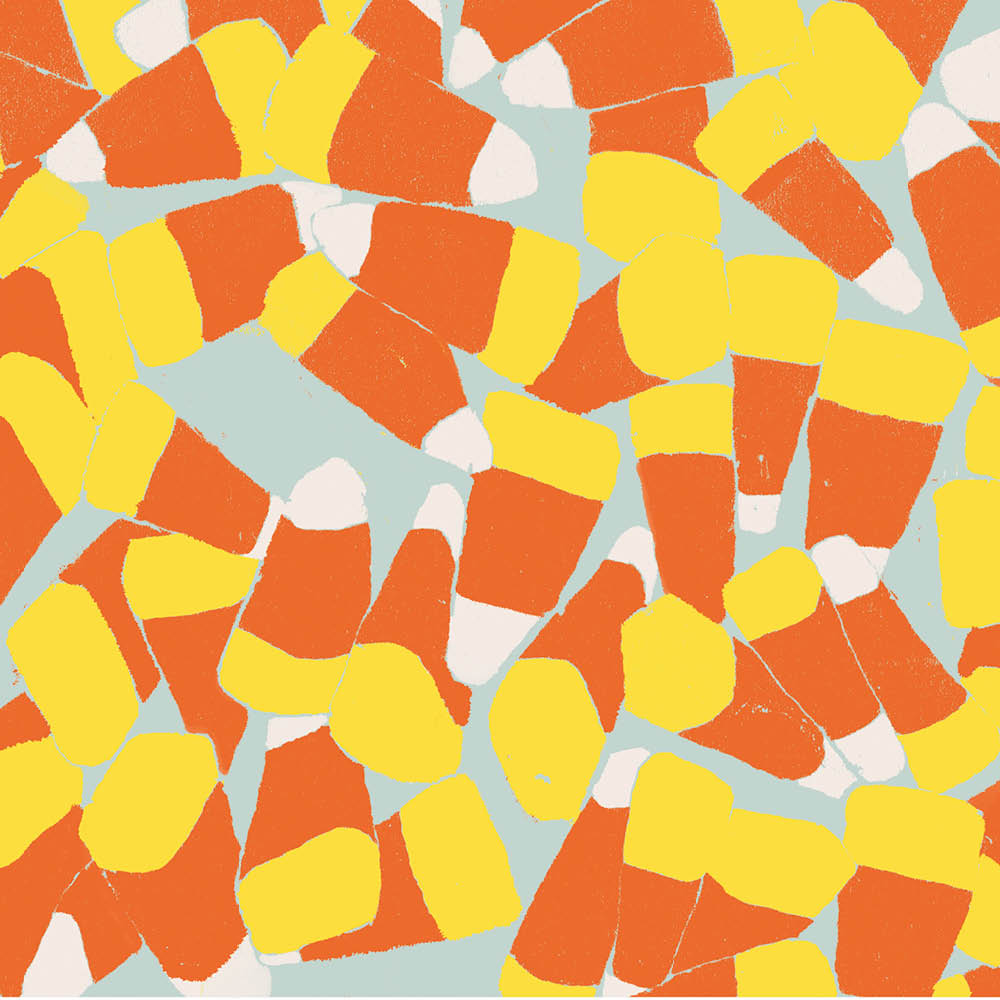






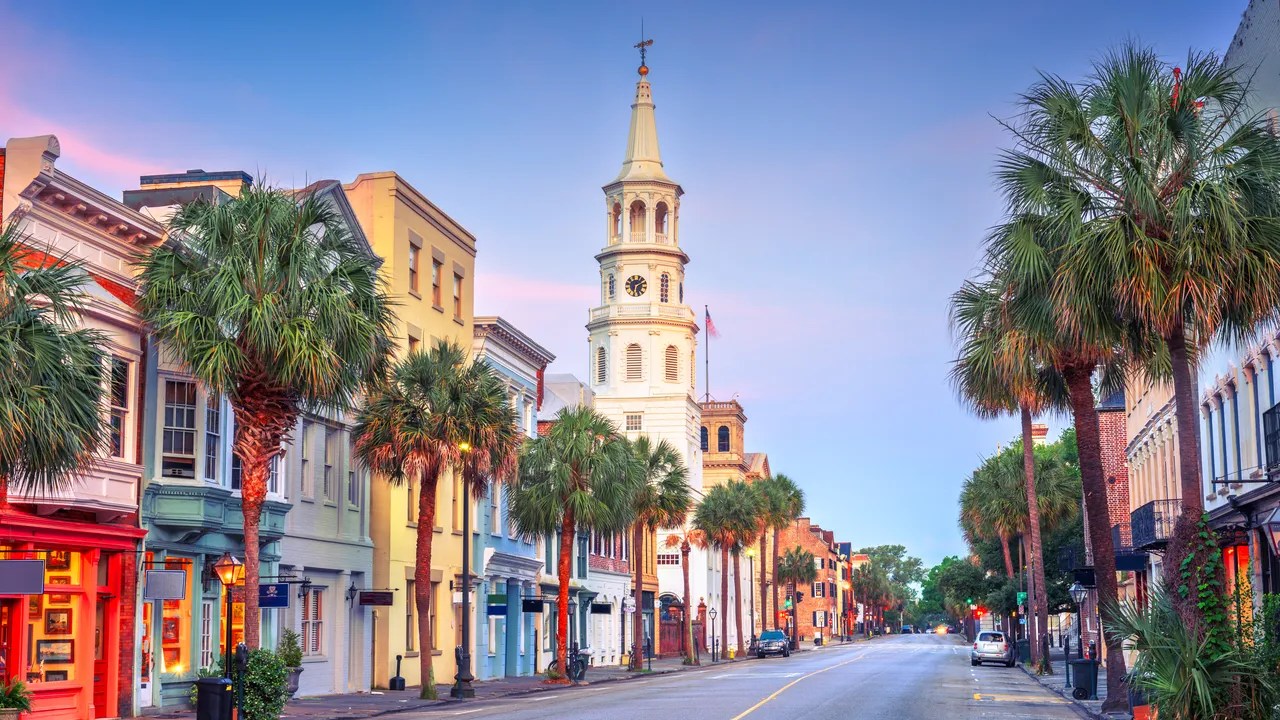
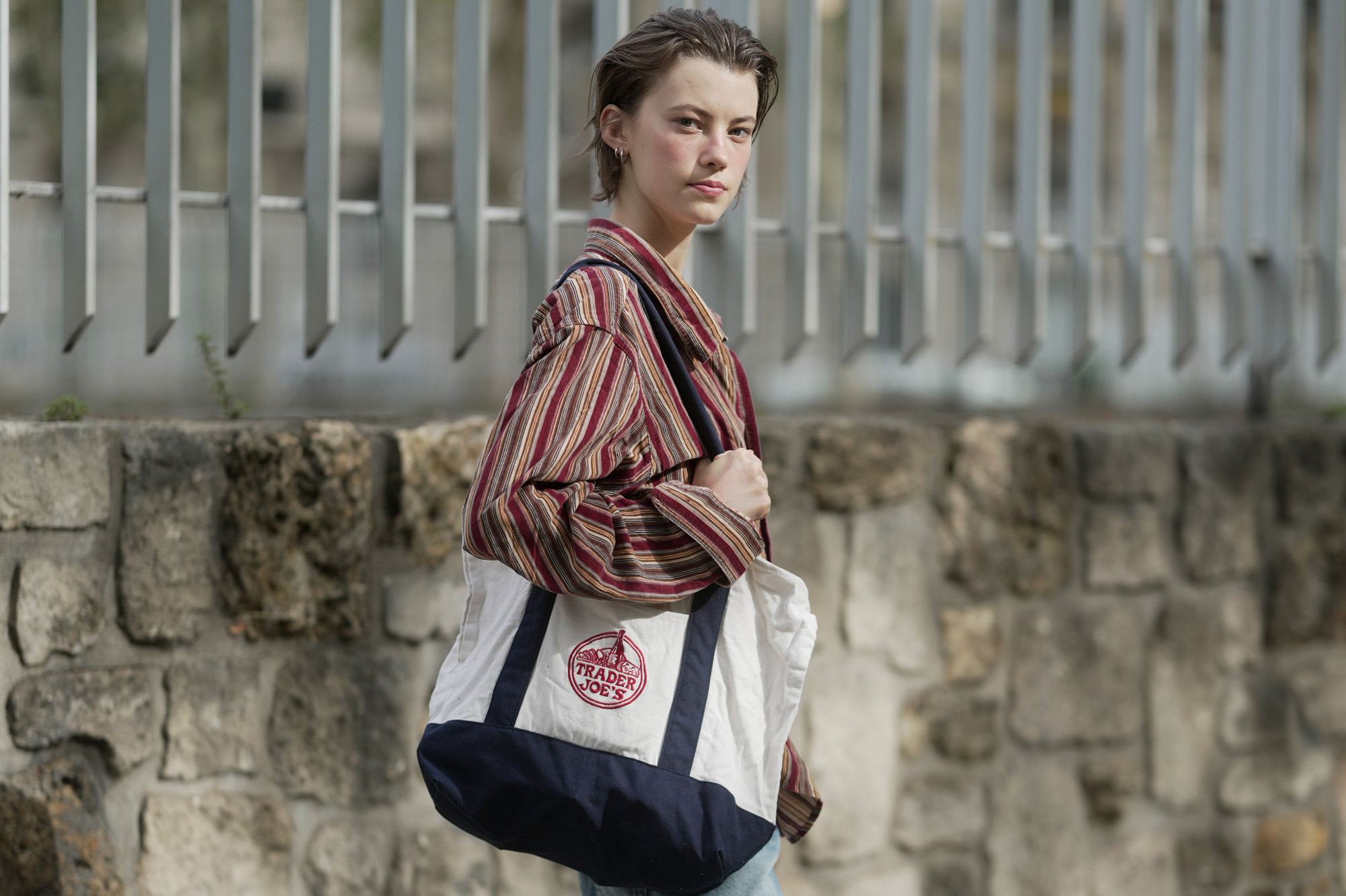
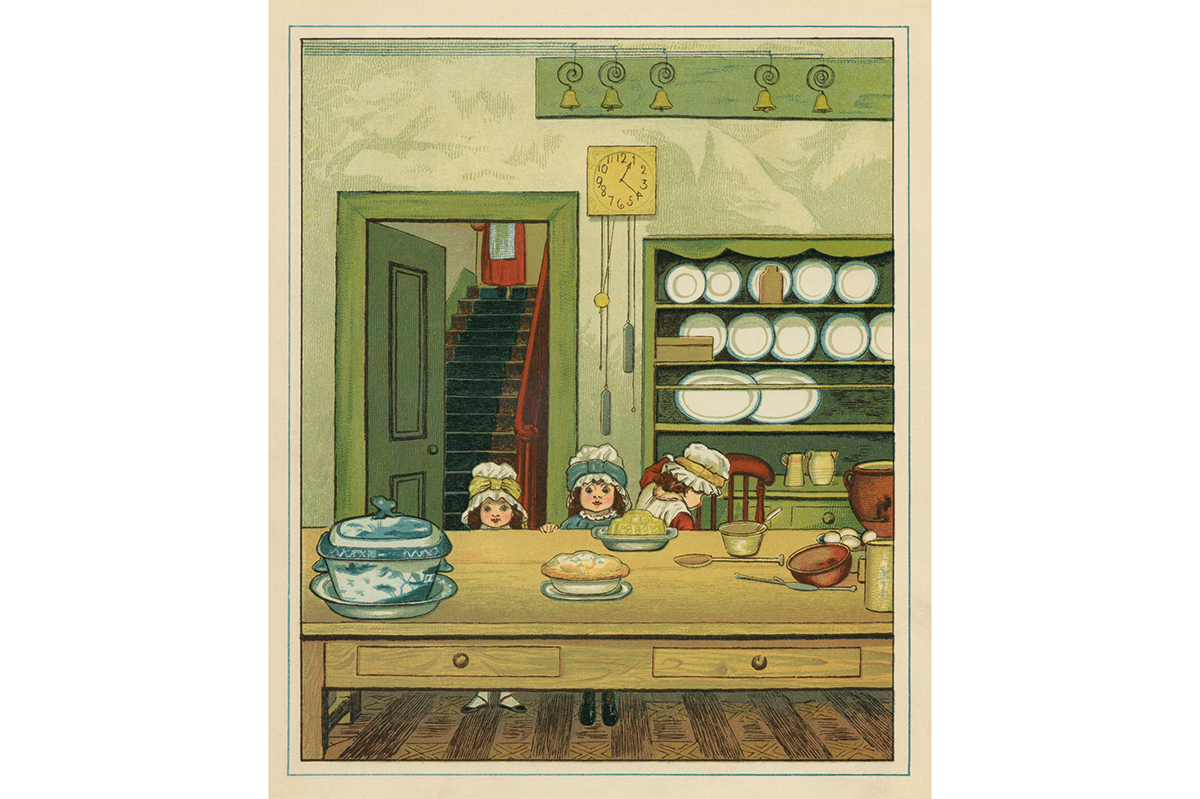
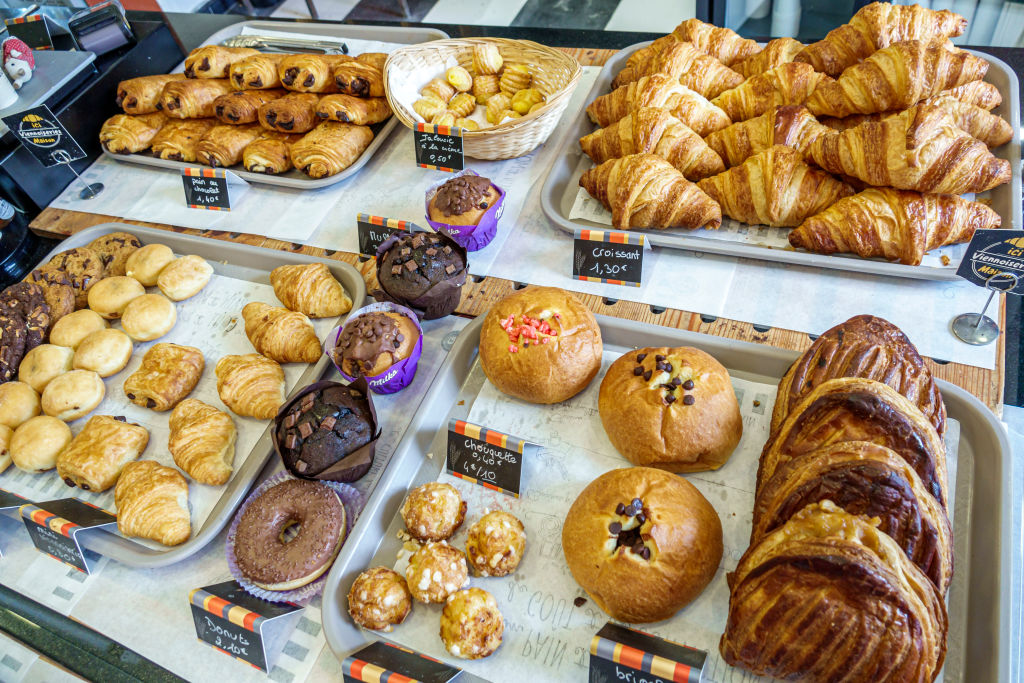
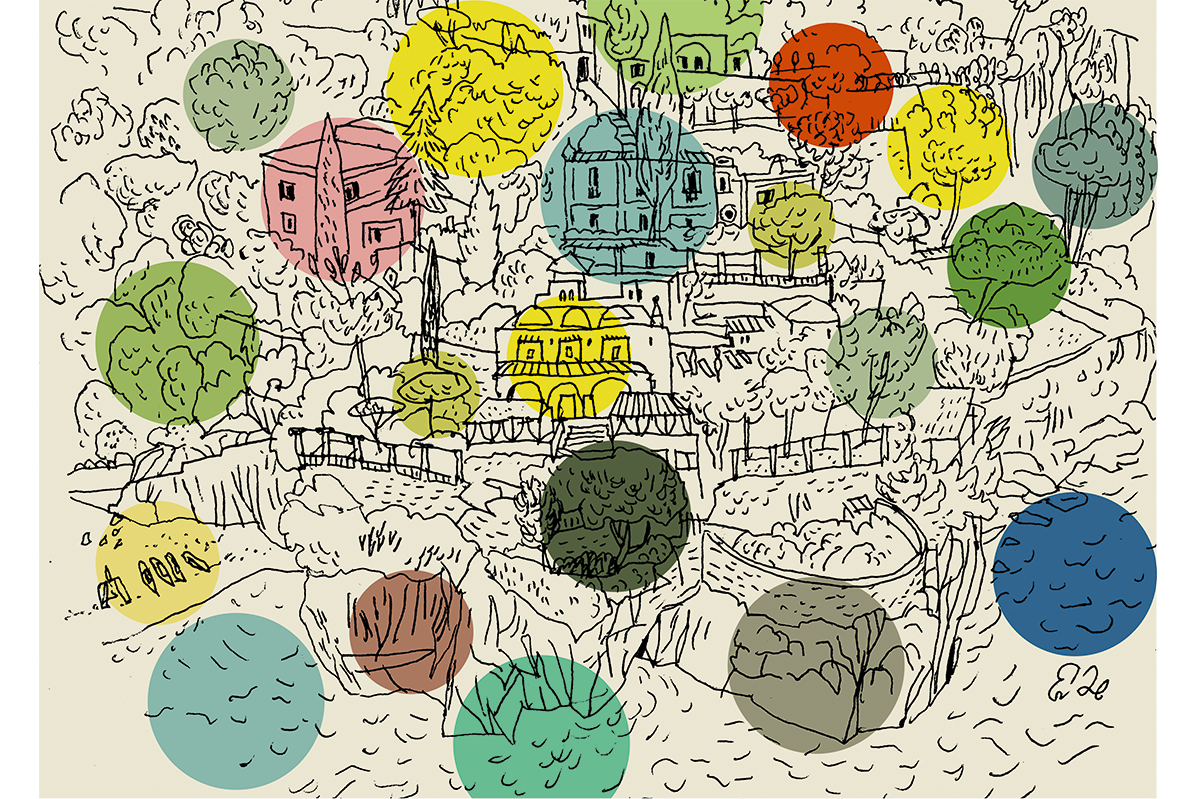








Leave a Reply